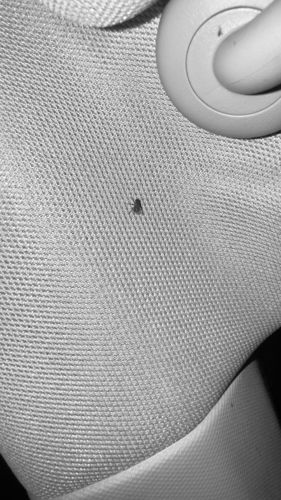Fruit Fly
Scientific Name: Drosophila melanogaster (common species, but many others exist)
Order & Family: Diptera (True Flies), Drosophilidae (Fruit Flies)
Size: 2-4 mm (0.08-0.16 inches)

Natural Habitat
Commonly found in homes, restaurants, and anywhere ripening or decaying fruits and vegetables are present. Also found around fermented liquids like vinegar or alcoholic beverages.
Diet & Feeding
Feeds on yeast that grows on ripe, fermenting, or decaying fruits and vegetables. Also attracted to sugary liquids.
Behavior Patterns
Fruit flies have a rapid life cycle, often completing a generation in about a week. Females lay eggs on ripening or fermenting fruit. Larvae feed on the yeast and bacteria present on the fruit. They are known for their erratic, hovering flight patterns.
Risks & Benefits
Potential risks include being a nuisance pest, contaminating food products (though they generally prefer already fermenting/decaying food), and in large numbers, can accelerate food spoilage. They are not known to bite humans or transmit diseases in the same way mosquitoes or ticks do. From a scientific perspective, *Drosophila melanogaster* is a critical model organism for genetic and developmental research, providing immense benefits to understanding biology.
Identified on: 11/7/2025